In this same poetic sense, there are truly creative individuals who can find limitless nuances of light and color within a single blossom. These are true artists even if they've never held a paintbrush in their hand or drawn a single line. These are the souls endowed with the innate gift of being able to see with a Renoir's eyes. Whew!! You've got to hand it to the ad agency for CONTAX in the early-1990s; they came up with some doozies. Now, it's Advertising 101 to hype your product, but not even Leica dared to push it as far in their ads of the time ;-). Nothing like buttering up your potential customers by comparing them to an Impressionist master (eyeroll). By comparison, when they introduced the ST two years later, they were slightly more subdued, if only when referring to the potential users of this "extra" perfect camera:
4 Comments
Updated May 29, 2024 When Canon management decided on March 31, 1985 to embark on a two-year program to develop a completely clean-sheet auto focus (AF) 35mm SLR system, they were granting Minolta a two-year head-start in that burgeoning market. This was a result of the instantaneous success of the Minolta 7000, introduced almost two months before. Canon realized that their first FD-mount AF SLR, the T80, due to be introduced in April of that year, was completely outclassed by the 7000 and bold measures were thus imperative. Consequently, Minolta had the 35mm AF SLR market to itself for 14 months, until Nikon introduced their F-501 (N2020 in USA) in April 1986. Right on schedule, in time for their 50th anniversary as a camera manufacturer, Canon brought out the EOS 650 on March 1, 1987. Within two months, it became the top-selling AF SLR in Japan and Europe and was a match and more for the 7000 and F-501. But Minolta had not been sitting idly by. The summer of 1988 brought their second-generation enthusiast AF SLR, the Minolta 7000i, which was a huge jump forward from its not-exactly-ancient ancestor, as is usually the case in the early stages of the growth cycle of any technology. Canon had caught up to (and surpassed in a few areas) Minolta's and Nikon's first-gen AF SLRs, but how would the second generation of EOS fare against a much more sophisticated competitor? Yes, it's been a long time in coming, but we will now resume our "Choosing a Vintage SLR System" series. Previous articles delved into the Big 5's (Canon, Minolta, Nikon, Olympus, and Pentax) manual focus (MF) 35mm SLR ecosystems, breaking them down into five main sections: 1) Lenses, 2) Bodies, 3) Flash, 4) Accessories, 5) Reliability & Servicing. We will now start digging into a series of smaller Japanese manufacturers that, while perhaps not as well-known nor heralded, were certainly influential in the industry and can offer interesting alternatives to the Big 5 in your search for an SLR system. We (re)start with CONTAX/Yashica, a collaboration between Zeiss and Yashica. As before, we will confine our consideration to the MF system, which is where C/Y made their greatest mark (their Auto Focus or AF system, unfortunately, never amounted to much, in spite of a promising R&D program in the early-'80s). Regular visitors to this site may have noticed a bit of a trend: As much as we love the classics, we also have a thing for "sleepers", those anti-Instygrammy, tacky Tik-Tok-immune cameras that do one thing: take great pictures ;-). And if you are looking to dabble in a bit of film, but don't feel like auctioning off a body part or two to look all the business, here is yet another option to consider... Although they came late to the 35mm Auto Focus (AF) SLR party in 1987 (trailing Minolta by just over two years, and Nikon by 11 months), when Canon debuted their EOS 650 (March 1987) and EOS 620 (May 1987) models, they rapidly closed the gap to their two main competitors. Within two months of its introduction, the EOS 650 became the best-selling 35mm SLR in Japan and Europe. The 650 was easily a match, technologically, for its main competitors: the Minolta 7000 and Nikon N2020 (F-501 outside North America). When combined with Canon's decade-long lead in marketing prowess, it was a recipe for success. However, Canon's initial delay in the AF market meant that they would not have their second-generation EOS models ready until 1990, while both Minolta and Nikon would both introduce theirs in 1988. As with any new technology, the improvements in early generations are markedly larger than in later ones. And so it was with AF SLRs. The Minolta 7000i and Nikon N8008 (F-801 outside North America) were massive leaps from their forebears and vaulted both back ahead of Canon in the AF techno-battle. How would Canon respond? Well...it's happened. A Mamiya 35mm SLR has finally found its way into my grubby little paws. Sitting forlornly in a local thrift store, encased in a period vinyl case upholstered in the finest of green corduroy, with the assorted detritus of Kodak lens tissues, a bag of eyecups (none of which fit the eyepiece, of course ;-)), and a fourth-party flash and bracket, it soon came home with my friend after a quick exchange of text messages. Three hours later, I opened the case to that particular aroma only decades of storage can provide. Not unpleasant at all; in fact, distinctively delightful to a vintage camera nerd ;-). The original (n)ever-ready mamiya/sekor case was doing the typical crack & crumble as is the wont of such; nevertheless, it had done its job of protecting the important bits inside: a 1000 DTL and its accompanying AUTO mamiya/sekor 55/1.8 lens. A quick visual perusal showed nary a ding or dent, just an accumulation of dirt and light surface wear on the prism housing. The lens looked clear...the viewfinder pretty dusty...and then came the letdown... By the time the 1990s rolled around, Auto Focus (AF) 35mm SLRs had become the de facto standard for amateur photogs and were well on their way to domination amongst professionals, too. Manual focus (MF) market share had fallen to less than 10% of total SLR production by 1989. As is common when such market shifts occur, manufacturers will often try to compensate for a loss of sales volume by trying to sell higher-margin products. And so it was in the early-'90s: you had dirt-cheap (often sub-contracted), beginner-targeted MF SLRs on one hand, and a retro-wave of premium manual exposure, mechanical-shuttered models at the other, with the previous mid-level MF models all but abandoned. Ever since the advent of practical auto exposure models, there was a small, but vocal, group of hardcore traditionalists who railed against the constant march of automation & polycarbonization of their beloved SLRs. This niche market may have been small, but to the manufacturers with either zero AF market presence (READ: CONTAX, Leica, Olympus), or a relatively strong base of MF users (READ: Nikon) it was one definitely worth pursuing. This is their story... Konica (Konishiroku)...the original Japanese photographic company, and the first of only two full-line manufacturers (meaning both equipment and consumables such as film, paper, and chemicals), with Fujifilm being the second. Often overlooked among the Japanese 35mm SLR manufacturers due to its small slice of market share, and running a distant third to Kodak and Fujifilm when it came to consumables sales during the last four decades of the film era, Konica nevertheless was very influential in both sectors well into the 1980s. They also played a large role in the enforcement of the JCII standards for all Japanese optical equipment sold for export from the mid-1950s - '90s, supplying the optical testing lenses used in the assessment process for all of the other manufacturers (many of which, ironically, went on to have more notoriety in the photographic community than Konica's own underrated Auto Reflex or AR Hexanon lens lineup). Konica had a reputation for innovation: they were part of the Japanese consortiums that developed the first metal-blade, vertical-travel focal plane shutters and improved rare-earth optical glasses in the early-'60s; then they introduced the first Japanese autoexposure SLR (the shutter-priority Auto-Reflex) in 1965, and subsequently added through-the-lens (TTL) metering to that in 1968 (the Autoreflex T). Fast forward to 1979, and the FS-1 would prove to be the progenitor of the final generation of Konica's AR-mount 35mm SLRs, while introducing more industry-firsts. But the seeds of Konica's SLR demise would unwittingly be sown simultaneously... "...this splendid Volkswagen Beetle of SLRs..." -- Herbert Keppler, Oct. 1989 -- In a word...Possibly. Does that make it a terrible camera? Nope. Does it mean that you shouldn't buy one? Not necessarily ;-). But before getting sucked in by all of the Interweb-mongering of the K1000 as the best beginner SLR...of...all...time, it may be worth your while to investigate where it stacks up in relation to other vintage 35mm SLRs (many of which can be had nowadays for the same or considerably less in terms of monetary outlay) and how it came by its popularity among newbs in the first place. Let's start with the latter. Updated Mar. 8, 2024 So where does our fixation with Top Ten Lists come from, anyways? Letterman? The Ten Commandments? Well, if you can't beat 'em.....Here, for your casual perusal, is a chronological consideration of ten important Japanese SLRs that pushed the development of such cameras forward for over 30 years. This is not to say that these are the 10 "top" or "best" SLRs of all time (far be it for me to be the arbiter of such things ;-)), and some may be less familiar than others, but all of them had an undeniable effect on the industry or market as a whole. Let's dive in :-). 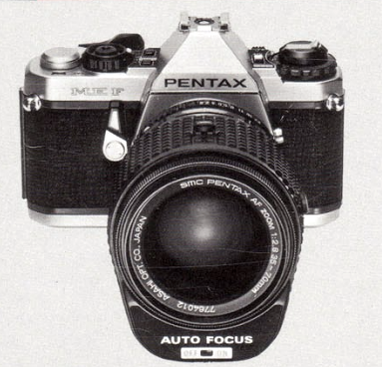 1981 saw some major technological milestones: the first manned orbital mission of the Space Shuttle...the debut of IBM's Personal Computer (aka the PC)...the first flight of Boeing's second-gen wide-body, the 767...and the first Delorean DMC-12s began to roll off the line in Ireland. In step with such advancements, Pentax sought to push the technological boundaries of the 35mm SLR, much as they had a decade earlier with their Electro Spotmatic (ES) aperture priority autoexposure model. Only this time it was focus rather than exposure that they were seeking to automate. In late-'81, the ME F would become the first production 35mm auto focus (AF) SLR (with a caveat ;-)) to hit the scene. Updated June 21, 2022 Canon's A-Series of 1976-85 was, unquestionably, the most commercially successful lineup in SLR history. In excess of 14 million bodies (divided among six models) were produced. The A-Series came...they saw...they conquered...and then they did what all empires eventually do...slid into oblivion. The AL-1 QF was the final desperate gasp for the chassis, as Canon sought to milk the last drop from its traditionally-styled SLRs, with the oh-so-'80s T-Series waiting in the wings. Along the way, it upheld the lofty A-Series' ideals of bargain-basement battery door latches, consumer-conscious construction, and Canon's time-honored tradition of over-promised performance resulting in mass consignments to drawers, closets, and attics ;-). What's that, your eyes are glazing over already?? Fear not, dear reader...you may well end up having a refreshing power nap before this is all over ;-). Updated Mar. 8, 2024 As the purveyor of choice for professional SLRs for over three decades, it shouldn't come as a surprise that Nikon was among the more conservative of manufacturers. After all, most professionals in any field are inclined to stick with the tried-and-true over any newfangled gee-whizzery that comes along. Case in point: the original F lasted in production for 14 years, the whippersnapper F2 for 9, and the last bastion of manual focus pro Nikons, the F3, stuck around for 21 years. Likewise, the enthusiast-targeted FM/FE/FA platform barely changed in layout (a couple of minor control changes from the original FM to FE in 1978, and in the final FM3A model of 2001 being the biggest modifications) in nearly a quarter-century of production. So when Nikon did make major design changes, even in their non-professional models, it was a...big...deal. The summer of 1988 brought such a change, the DNA of which has managed to leapfrog from the venerable F-mount (in both film and digital forms) to the latest Z-mount mirrorless models. Worst of all for Nikonistas, it originally came from C...C...C...Canon (aaauuuggghhh!!!). Updated May 10, 2024 Ka-Chang! Ka-Chang! Ka-Chang! The 1980s were anything but unobtrusive, so it should come as no surprise that the N2000 (F-301 outside of the US & Canada), Nikon's first SLR with internal, automatic film winding, was not bashful in its efforts to advance 35mm film to the next frame. This by no means distinguished it from its peers as there were no truly quiet motorized film advances until the '90s came along. Long spurned by Nikonistas due to its cardinal sins of: 1) Complete battery reliance, 2) Hybrid construction (READ: it's not all-metal...gasp!), and 3) Automation for everything but film rewind and auto focus, the N2000 is an all-time sleeper among Nikon SLRs (although the ruckus it makes when you squeeze the shutter release would serve as an effective alarm tone on your smartphone ;-)). It was Nikon's last proper, in-house, clean-sheet, manual focus SLR design (don't get me started on the FM-10/FE-10 imposters or the oddball N6000/F-601M that supposedly replaced the N2000, but was just a de-contented MF version of the AF N6006/F-601). But there was more to this under-the-radar SLR than just a fancy film advance system. Updated June 21, 2024 It is common knowledge among Nikonistas that the Series E line of lenses are unworthy of the Nikkor designation, due to the copious amounts of "plaaaastic" in their construction and their intended audience of wet-behind-the-ears beginner hacks (the only thing worse than "plaaaastic" to a Nikonista is a "baaaattery", always uttered with head reared back and clenched fists shaking at the heavens). Even having "Nikon" engraved on these "re-badged third party" lenses went way too far for these gatekeepers. Seeing as the little EM consumer SLR that the E lenses were designed for deservedly "failed" on the market (selling a paltry 400,000+ units in its first full year of worldwide distribution and "only" 1.5 million in less than 5 years overall) it should come as no surprise that the Series E line of lenses turned out to be one of Nikon's greatest blunders. Read on to see how they barely survived and the lessons they learned (or rather, failed to learn ;-)). Updated Feb. 17, 2022 Maybe tomorrow, I'll find what I call home, Until tomorrow, you know I'm free to roam. So if you want to join me for a while, Just grab your hat, come travel light, that's hobo style. -- excerpt from "Maybe Tomorrow", theme song from "The Littlest Hobo" -- The revival of The Littlest Hobo aired on Canadian television from 1979 to 1985 and continued in syndication throughout the rest of (and beyond) my childhood. I didn't like dogs much at the time so I thought that the show was by turns hokey, cheesy, lame...you name it (Macgyver was far more suited to my rarefied juvenile tastes and definitely not cheesy or hokey at all ;-)). Little did I realize that a similar situation was occurring simultaneously in the world of Nikon SLRs. Please allow me to introduce the hobo family of Nikon SLRs that was introduced in 1979 and discontinued in 1985 (coincidence or convergence? You be the judge ;-)). Updated May 21, 2021 Game Changer. An overused phrase nowadays to be sure, but when applied appropriately it conveys an unmistakable break with the past and an opening up of previously unthought-of possibilities. So it was with the Bobby Orr of SLRs - what came to be called the Olympus OM-1. Bobby Orr??? It's like this, eh. Like Bobby Orr totally changed hockey forever, eh. Like, before Bobby Orr, defensemen didn't lead the rush, eh, or score more than 21 goals a season, eh (he did so for 7 consecutive years, topping out at 46 in 1975), or like score more than 60 points in a season, eh (he scored over 100 for 6 straight years, winning two scoring titles along the way, something no defenseman has done before or since). Or win MVP, eh (three years consecutively, only one other defenseman has won MVP once in the last 50 years). Or win Best Defenseman in the league like eight times in row, eh. And he did all that on like, one knee, eh (his left knee was first seriously injured in his second year in the NHL and he would have 13 or 14 surgeries on it over the course of his career). But his effect on the game was far more pronounced than just the record books. Offensively-minded defensemen (paradox, anyone? ;-)) became indispensable in hockey. Arena construction went nuts in New England as thousands of kids were turned on to hockey by "numbah foah, Bawbee Oah". He turned casual or non-fans into hockey lifers. GAME. CHANGER. In the same era, the Olympus OM-1 did likewise for 35mm SLRs. In this article we will concentrate mostly on the features, operation, and handling of the OM-1 and how it changed the SLR landscape and 35mm photography forever. Updated Oct. 1, 2022 There, there, Pentax Nation. Your clickbait detectors just needed a little recalibration, that's all. As for your well-known inferiority complex, there is only so much one article can do, but I'll give it my best effort ;-). All kidding aside, we are going to take a closer look at my favorite Pentax SLR, Nikon-tainted as it may be, and how it came to be so. Updated Nov. 10, 2022 Canon. The bane of the 35mm purist's existence. Has any other manufacturer done more to suck the soul out of these beautiful machines with microprocessors, green rectangles for grubby-fingered greenhorns, and punished us with a plethora of polycarbonate, penta-mirrored, pale imitations of a proper SLR? And worst of all, to dominate the market for the past four-plus decades while doing so?! Ugh, there will be copious amounts of antacids and Gravol needed to make it through this one ;-). But if Big C had been such a force since the mid-1970s, why would they need to "catch up"? Read on...if you dare...bwahahahahaha... Updated Mar. 16, 2021 The Pentax K1000. The Minolta X-700. The Nikon F3. When it comes to naming the Japanese 35mm SLRs that remained in production the longest, those three models are at the top of most lists with both the Pentax and Nikon breaking the two-decade barrier (21 years for the Pentax and over 20 years for the Nikon to be more exact), and the Minolta clocking out after 19 years. Unsurprisingly, all three of these models are very popular with film enthusiasts today, with the Pentax and Minolta routinely being recommended as "Best Beginner Film SLR" and the Nikon being lauded as an all-time classic and sometimes espoused as the "Best 35mm SLR of All Time". The objective of this article is not to wade into any fray over "the Best..." (seeing as what's best for me or you will not necessarily be the same in any case), but rather, to introduce you to another entrant in the longest-produced sweepstakes; one that receives far less notoriety, yet can prove to be an excellent choice as an introduction to film photography. Updated May 2, 2023 Three decades...Six (and-a-half ;-)) models...ONE platform. Approximately 4.5 million bodies sold. That makes the compact enthusiast/semi-professional manual focus line of Nikon SLRs the longest-lived chassis in the history of the marque, and arguably, the most successful. Spurred on somewhat by the success of the Olympus OM bodies but mostly by the groundbreaking Canon AE-1, Nikon's foray into the world of compact SLRs first bore fruit in 1977 with the FM, and ended up with an "old vines" distillation of body and flavor with the FM3A in 2001. But there was a lot of ground covered between those bookends. So which one will be right for you? Let's dig in :-) Updated Jan. 20, 2023 1957. A year of events that would reverberate for years to come. Sputnik. The debut of cable TV in the USA. "I Love Lucy" ended production. The Cat in the Hat was published. And a musical duo that would be as influential as anyone on the next two decades' of popular music (the Beach Boys, Beatles, and Bee Gees were only a few among the many that would cite themselves as being significantly impacted by them) had their first #1 hit: 1957 would also see the introduction of the first 35mm SLR from a relatively small Japanese manufacturer that was to have an outsized influence on the industry that would continue for over thirty years. In that year, TOPCON (Tokyo Kogaku) would find themselves at the leading edge of 35mm SLR technology and they would remain there for the next decade. The 1960s would see them emerge as Nikon's (Nippon Kogaku) most serious competitor in the professional 35mm SLR market. By 1977, however, Topcon's photography division would be a shell of its former self, outsourcing its remaining SLR production and diving right to the bottom of the market. By 1981 (with Nikon owning over 75% of the pro market), Topcon was out of the 35mm business completely, even though they live on to this day in the industrial and medical optics arenas. So, what happened? How did Topcon go from industry leader to also-ran in the space of a generation? Updated Nov. 3, 2021 In an earlier article, we looked at the differences between the Nikon F3 & F4 and how they might affect your purchase and/or usage of either body. Not being able to leave well enough alone, I thought, "seeing as you can purchase an excellent F2 Photomic or Photomic A or a plain F3 for $250 - $300 USD, what if we tried the same sort of comparison between the F2 and F3?" I mean, what could possibly go wrong in attempting a dispassionate, objective analysis of two excellent SLRs made by Nikon? Oh...right...we are dealing with two groups of people: 1) those that believe that the SLR reached perfection in 1971 and everything since is an abomination against the laws of nature, aka "Knights of the Order of F2" (referred to henceforth as KOTOOF2), and 2) everyone else. ...waits 5 seconds... Okay...now that the pitchforks, torches, burning effigies, and other accoutrements to a rational discussion are at hand, let's wind the clock back to 1980 and the seismic shift that occurred in the Kingdom of F. Updated July 23, 2020 PROGRAM...the buzzword for SLRs in the early 1980's. Only with this technological breakthrough could photographers now surmount the barrier of having to think about camera settings and composition at the same time! Freedom from Aperture- or Shutter-priority or (heaven forbid you were still using) m...mm...mmm...Manual exposure beckoned. At last, focus (no pun intended) only on composition...unencumbered by such banalities...and our wunderkamera will do it all better than you ever could, anyways...(Okay, okay, that's enough...1980's marketing-speak now set to OFF). Riiight. Anyhoo, Program was going to be the next big thing to save the Japanese manufacturers from the the slippery slope of the latest SLR sales slide (Aside: it didn't ;-)). From the introduction of the Canon A-1 (1978), the first proper Program mode SLR (along with the three more familiar exposure modes mentioned above), to the 1985 introduction of the real "next big thing" (Auto Focus), the profligate proliferation of Program SLRs only accelerated. Followers included: Fujica's AX-5 (1979), Canon's AE-1 Program (1981) & T50 & T70 (1983 & '84), Minolta's X-700 (1981), Nikon's FG & FA (1982 & '83), Olympus' OM-2S & OM-PC/OM-40 (1984 & '85) , Ricoh's XR-P (1983), Yashica's FX-103 Program & the Contax 159MM (1985), and the two subjects of this article: the Pentax Super Program (1983) and Program Plus (1984). That's 16 models within seven years. So what set the Pentaxes apart from the rest of their competitors? Read on at your leisure ;-). Updated June 18, 2022 In our previous article, we started searching for a possible precedent in the film SLR era for today's sea-change in the digital (and DSLR, in particular) age. Is Canon president Fujio Mitarai's forecast of a possible 50% reduction in digital camera sales within the next two years overly pessimistic? (UPDATE: As it turned out the decline from 2018 to 2020 came to 55%, so no it wasn't :-)) Sigma Corporation president Kazuto Yamaki's recent comparison of the current state of transition from DSLRs to Mirrorless ILCs (Interchangeable Lens Cameras) with the MF to AF SLR transition of the late-'80s begs further investigation. So, just how quickly did the transition from manual focus (MF) to auto focus (AF) SLRs as far as market dominance actually take in the late-1980's? Before we answer that, let's identify our Cast of Corresponding Characters. Updated June 18, 2022 "plus ça change, plus c'est la même chose" - Jean-Baptisite Alphonse Karr c. 1849 or as it is commonly rendered en Anglais: "the more things change, the more they stay the same" As of the spring of 2019, this maxim still rings true in the photographic equipment world (and the larger world in general :-)). ***FAIR WARNING*** - This series of articles contains numbers (please, no), history (bleccch!), and eventually, analysis (make it stop!). 678 Vintage Cameras cannot be held responsible for drowsiness, general lethargy or any other sleep-inducing effects should you choose to continue. Parallels are about to be drawn between the digital and film eras, which will be an immediate turnoff for adherents of the "either/or" crowd, and therefore an utter and complete waste of such a person's time. (As opposed to the standard waste of a person's time that this space traditionally occupies ;-)) Now that we've got that out of the way (is it too early in the spring for crickets to be out and about?), let's see how a 170-year-old saying relates to events in the camera industry today. In this first portion, we will look at the present state of affairs and some underlying factors, and Part 2 will deal with the breathtaking details of the Auto Focus revolution of the 1980s. (I swear I keep hearing crickets...) |
C.J. OdenbachSuffers from a quarter-century and counting film and manual focus SLR addiction. Has recently expanded into 1980's AF point and shoots, and (gack!) '90s SLRs. He even mixes in some digital. Definitely a sick man. Categories
All
Archives
June 2024
|

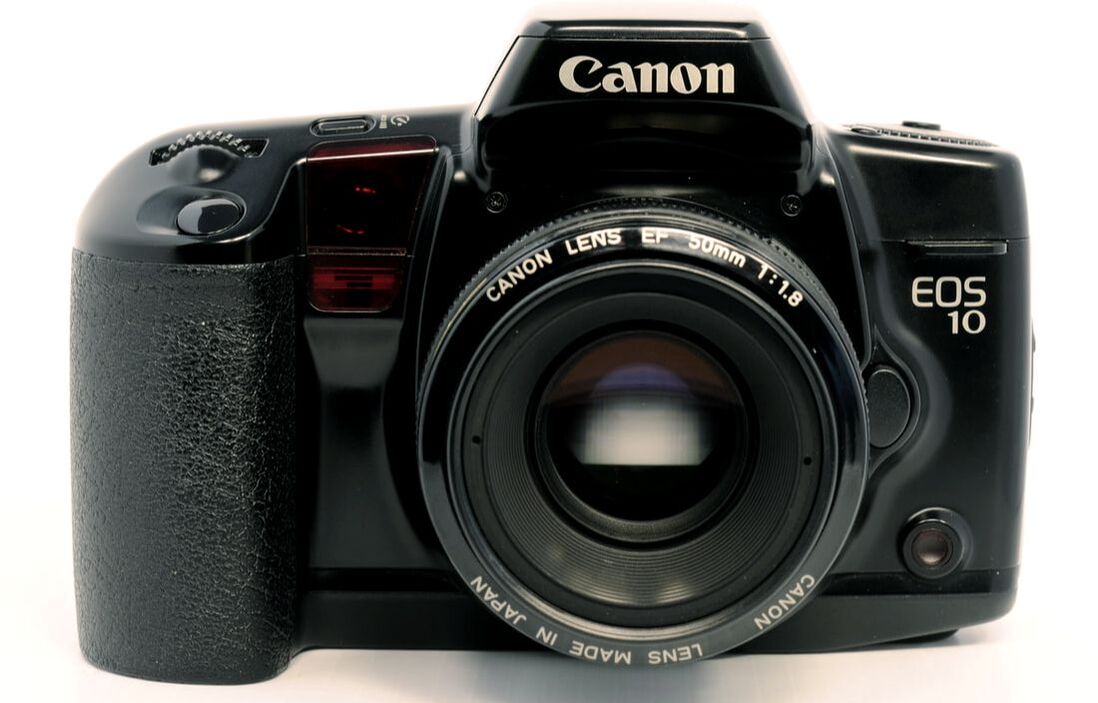
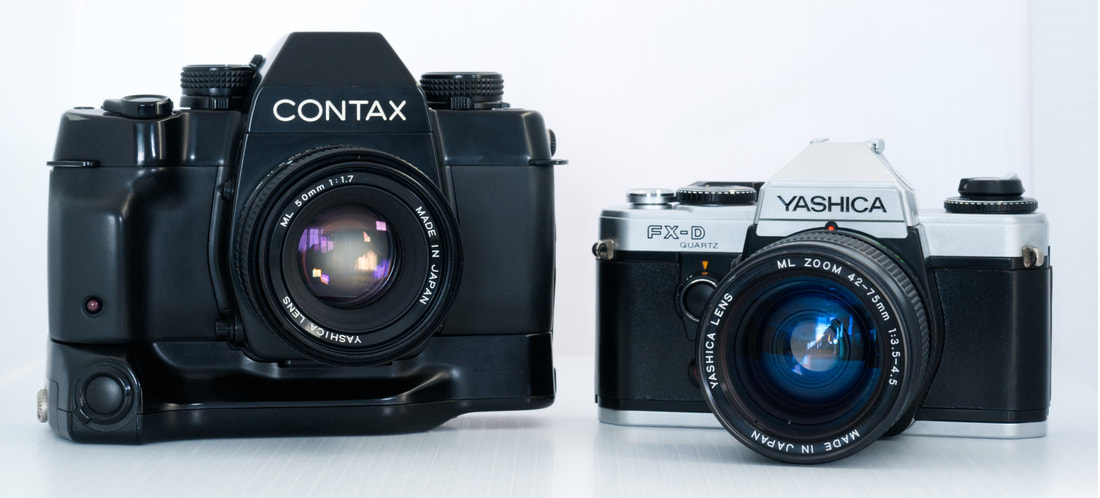
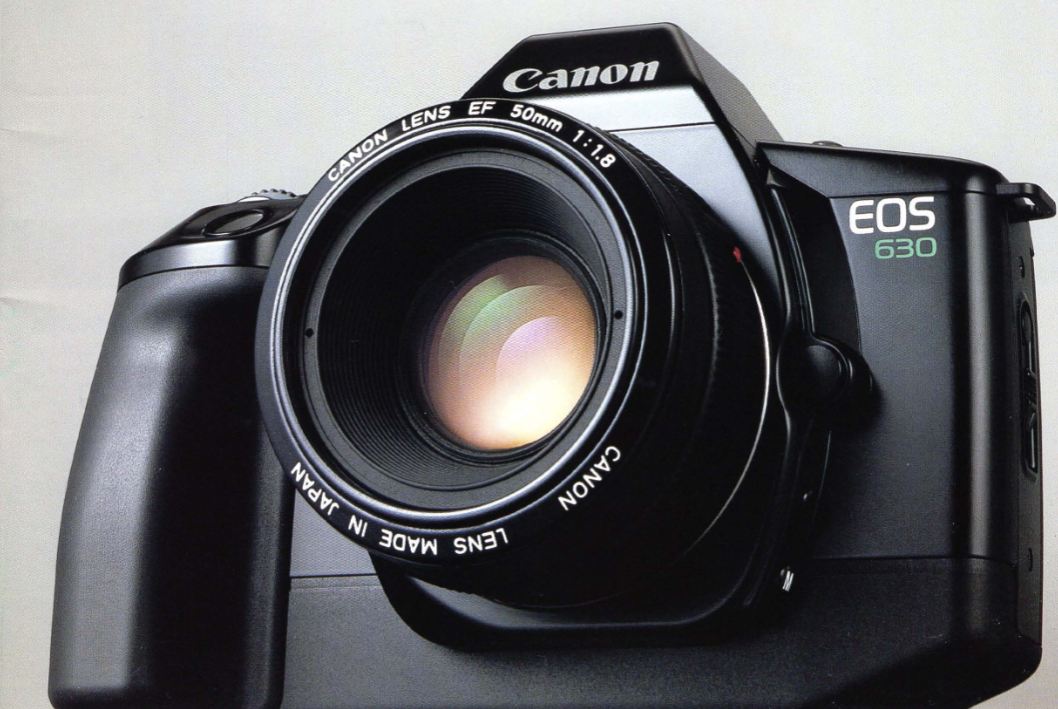
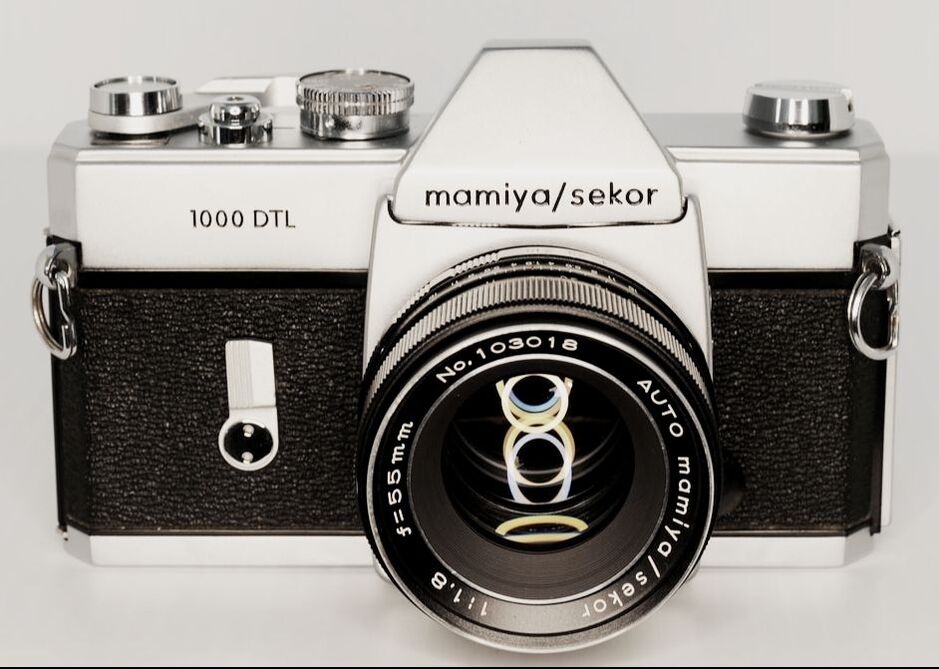
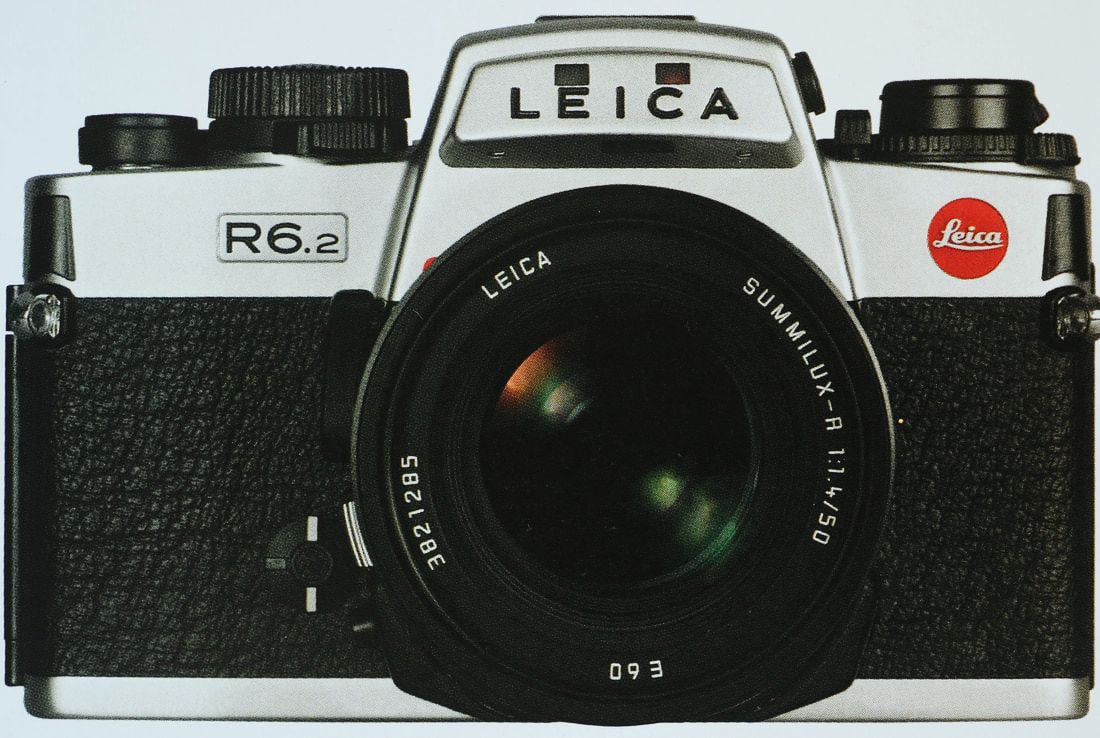
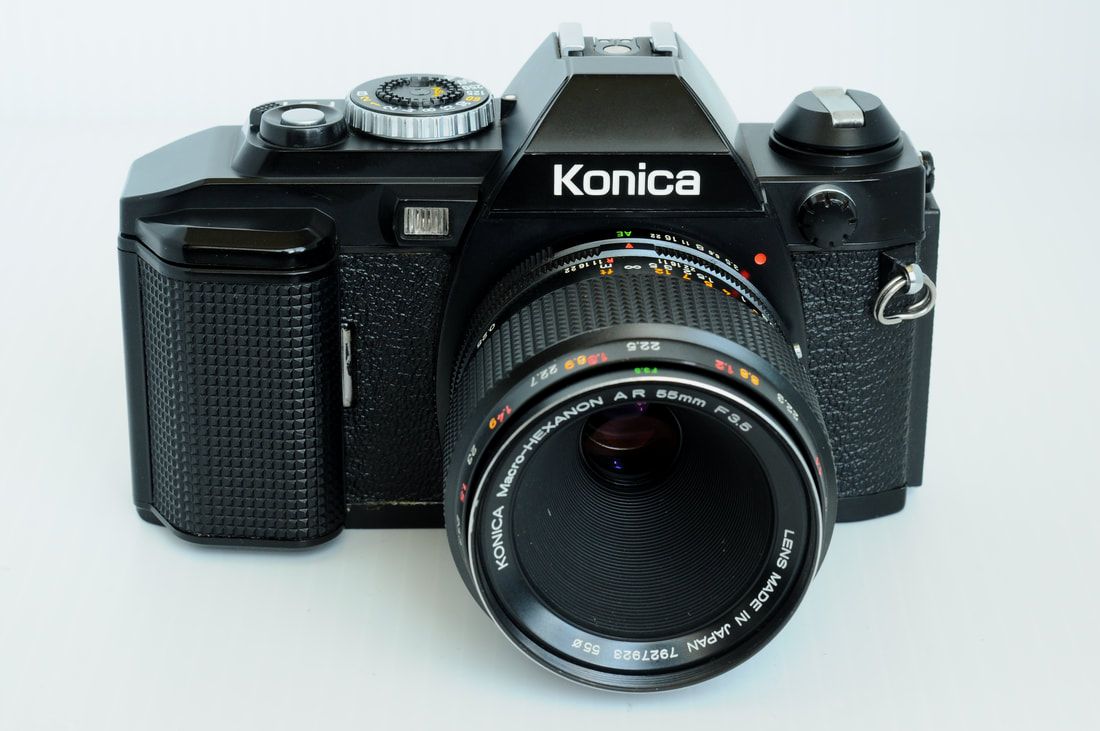
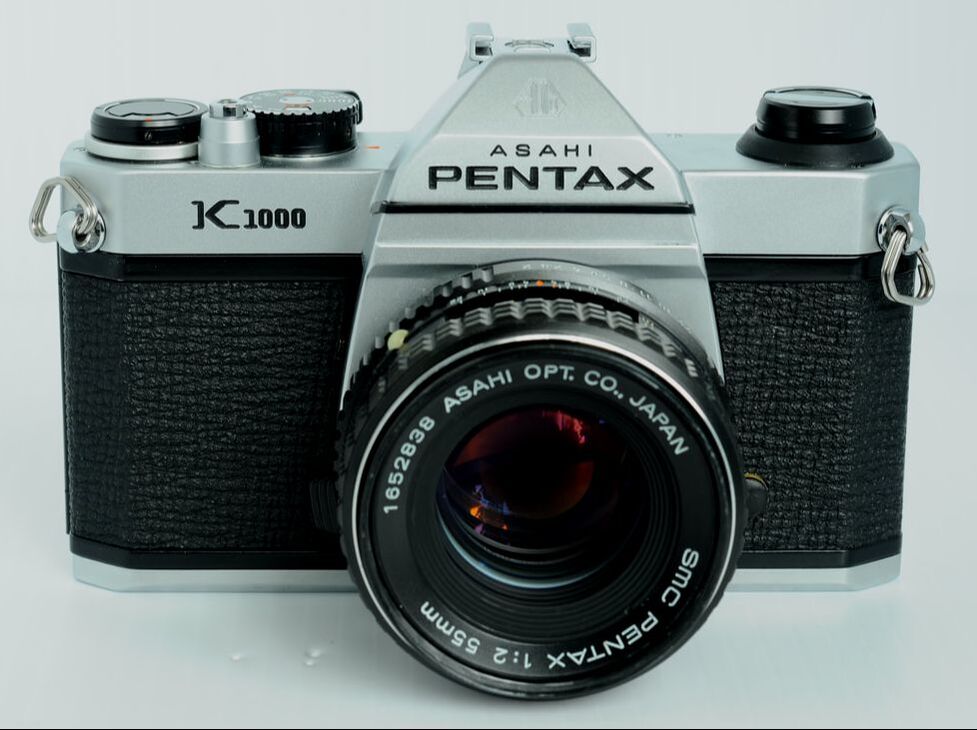
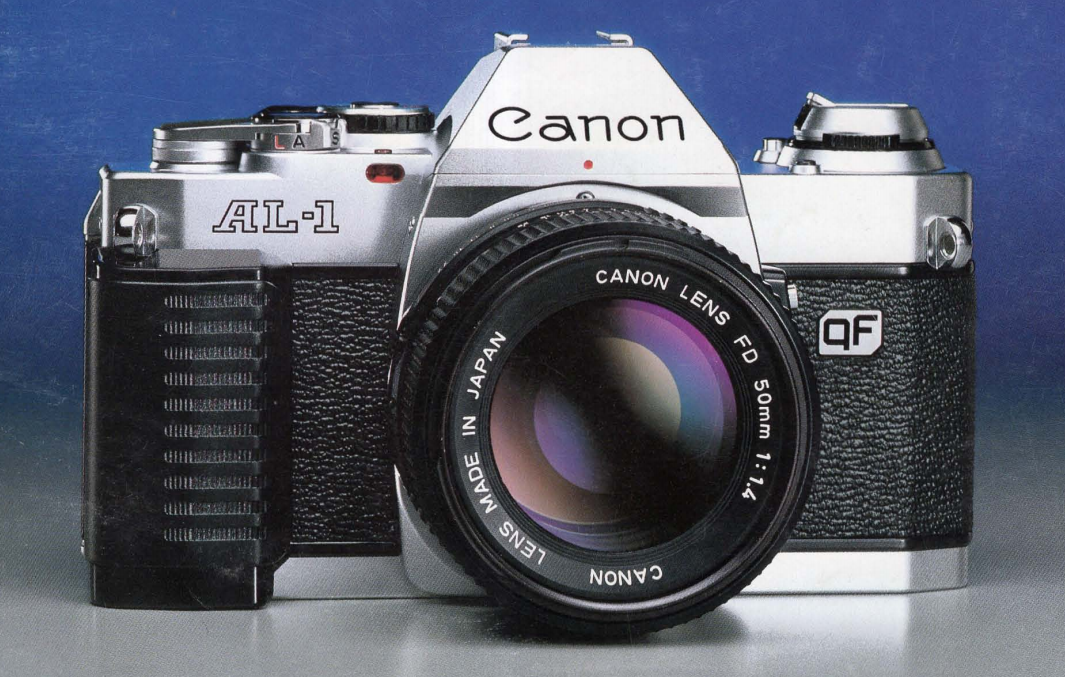
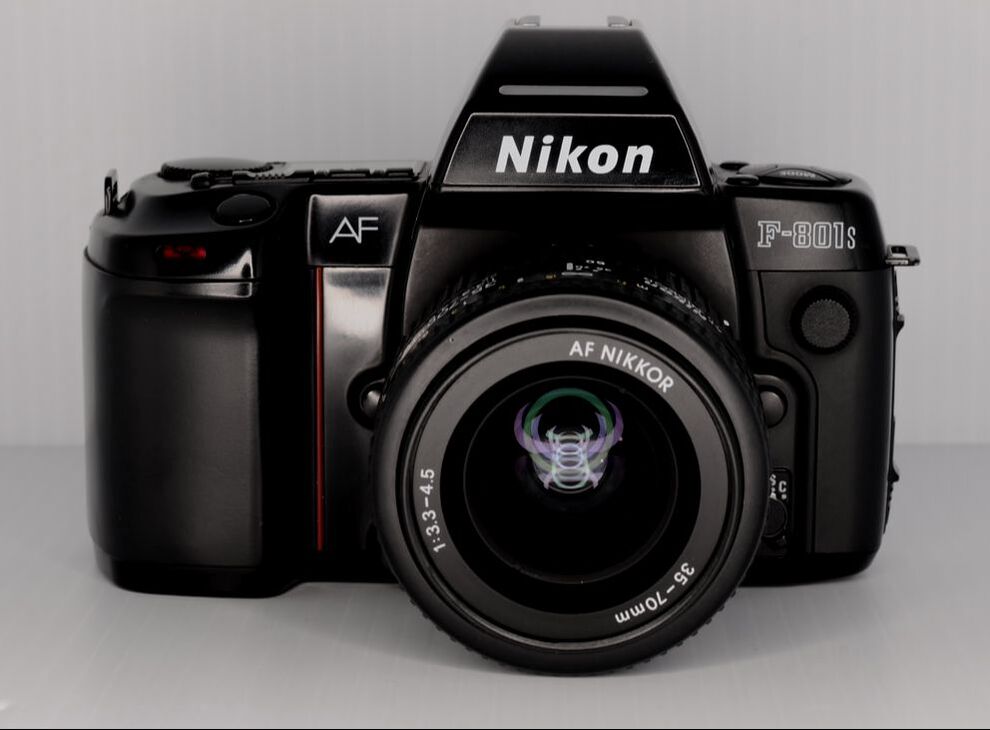
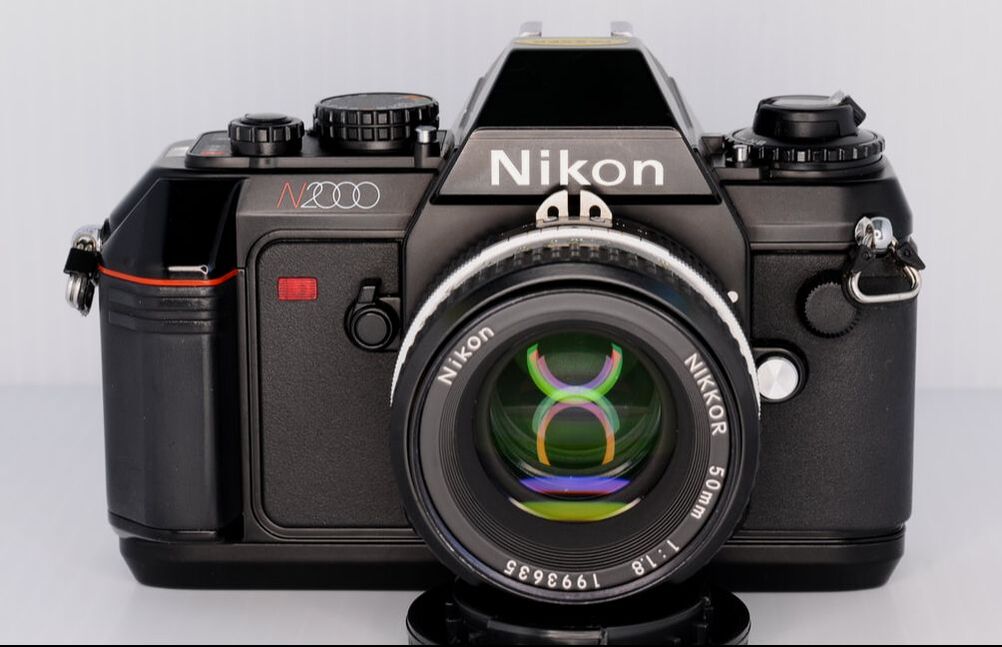
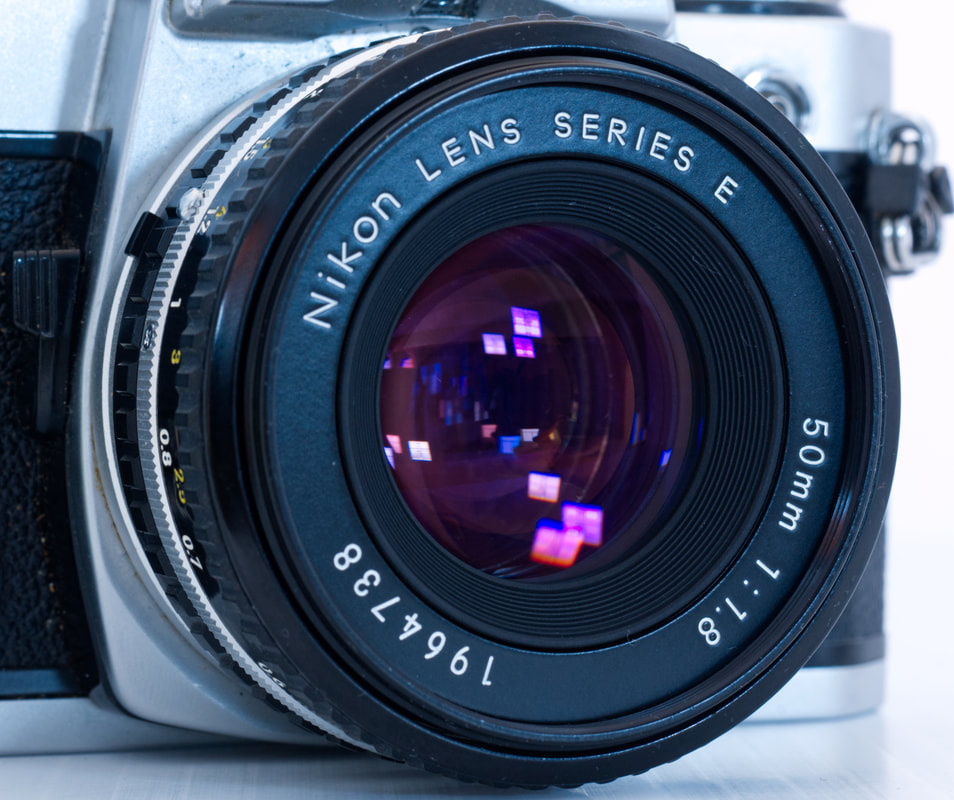
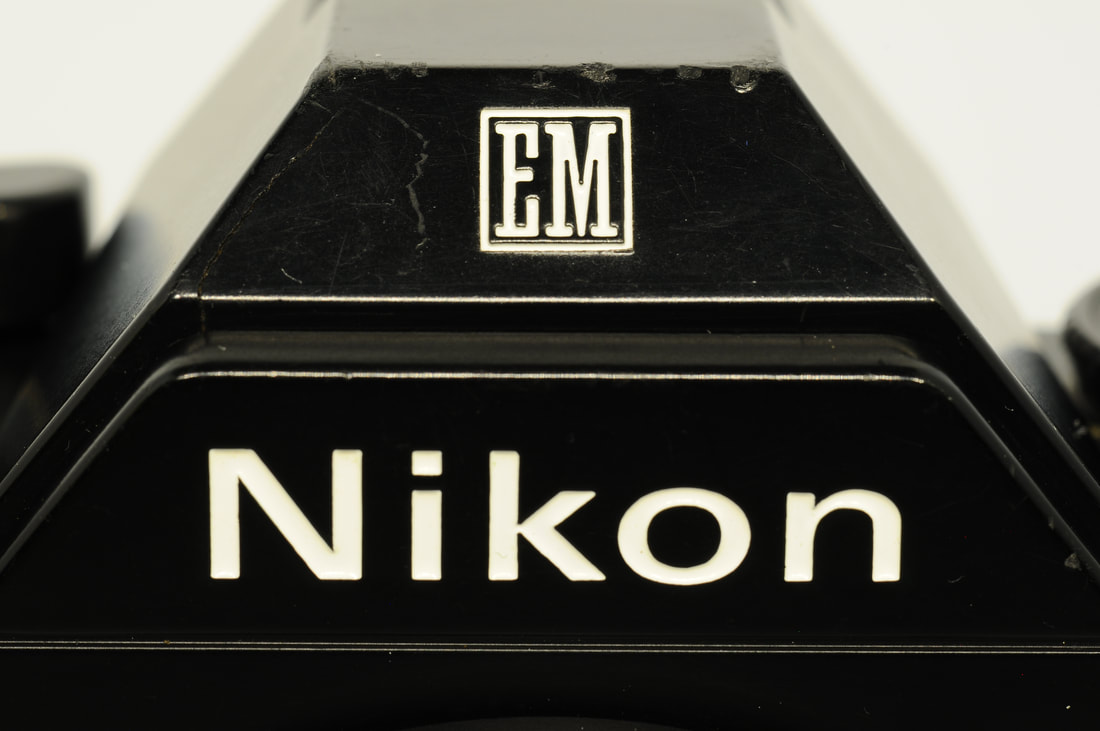
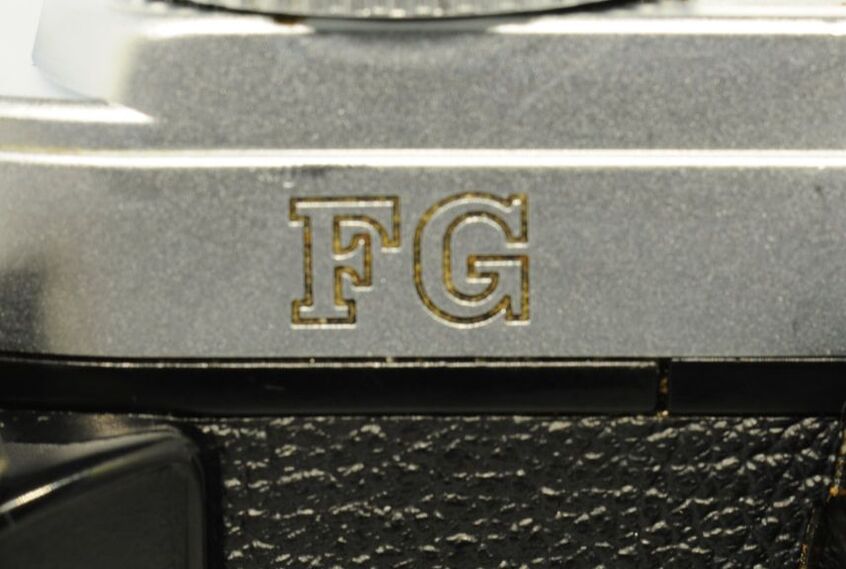
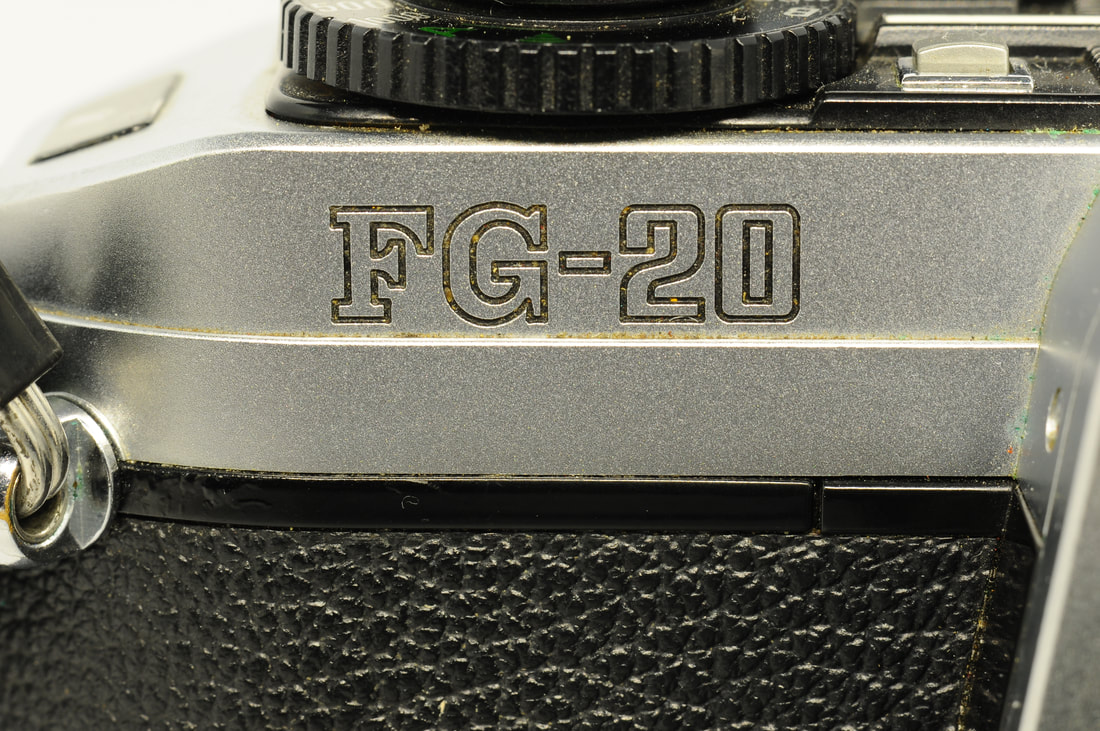
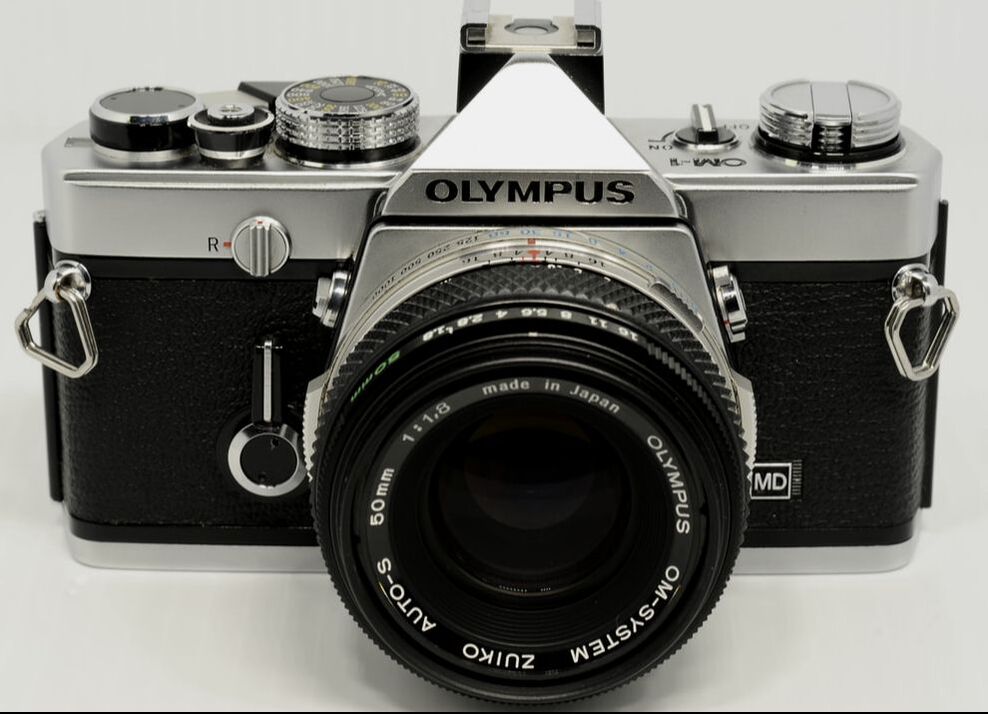
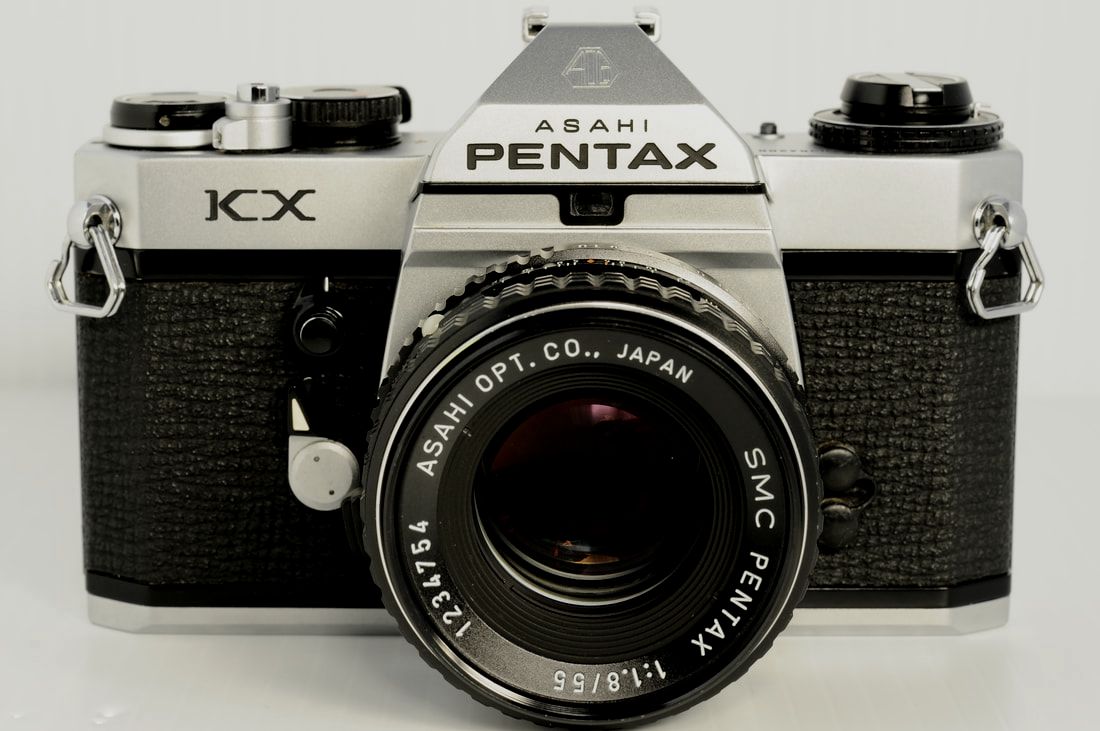
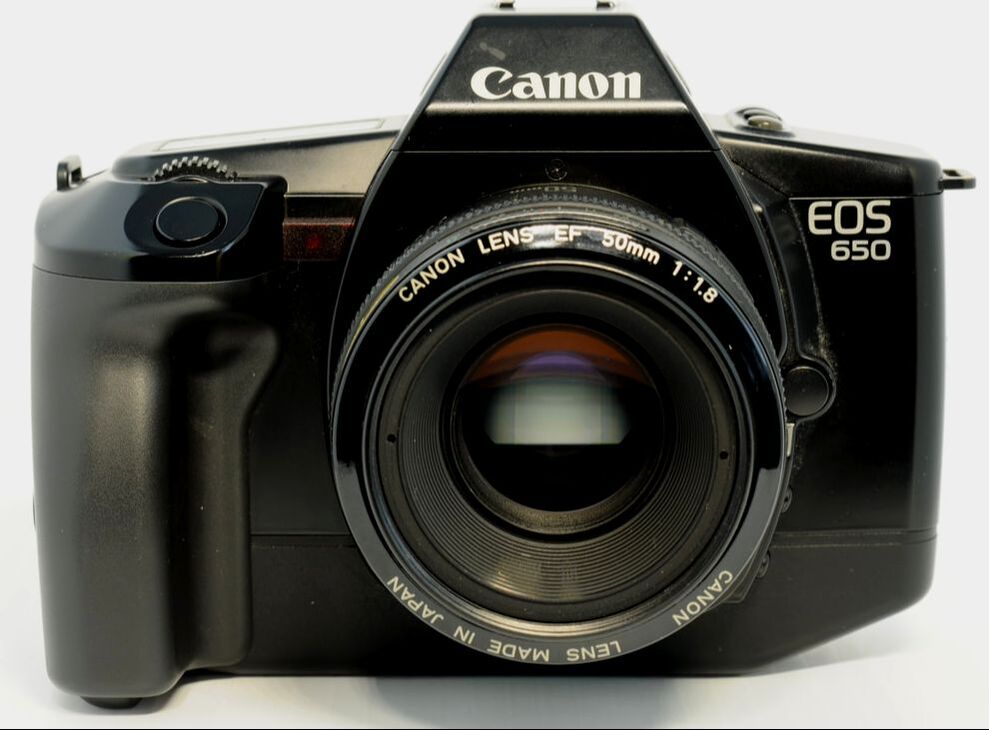
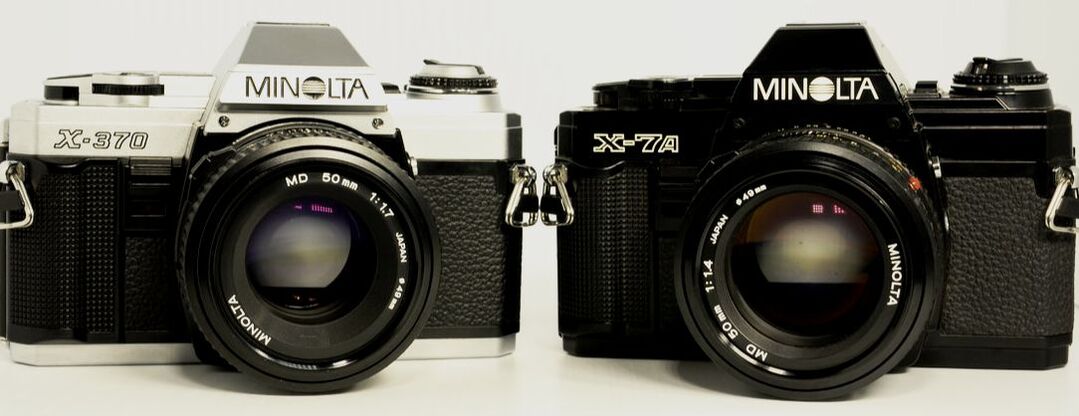
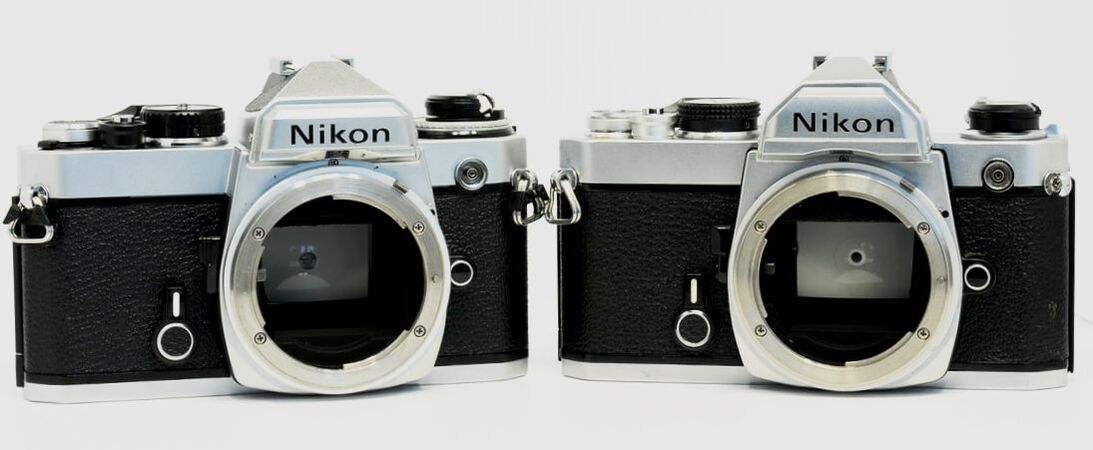
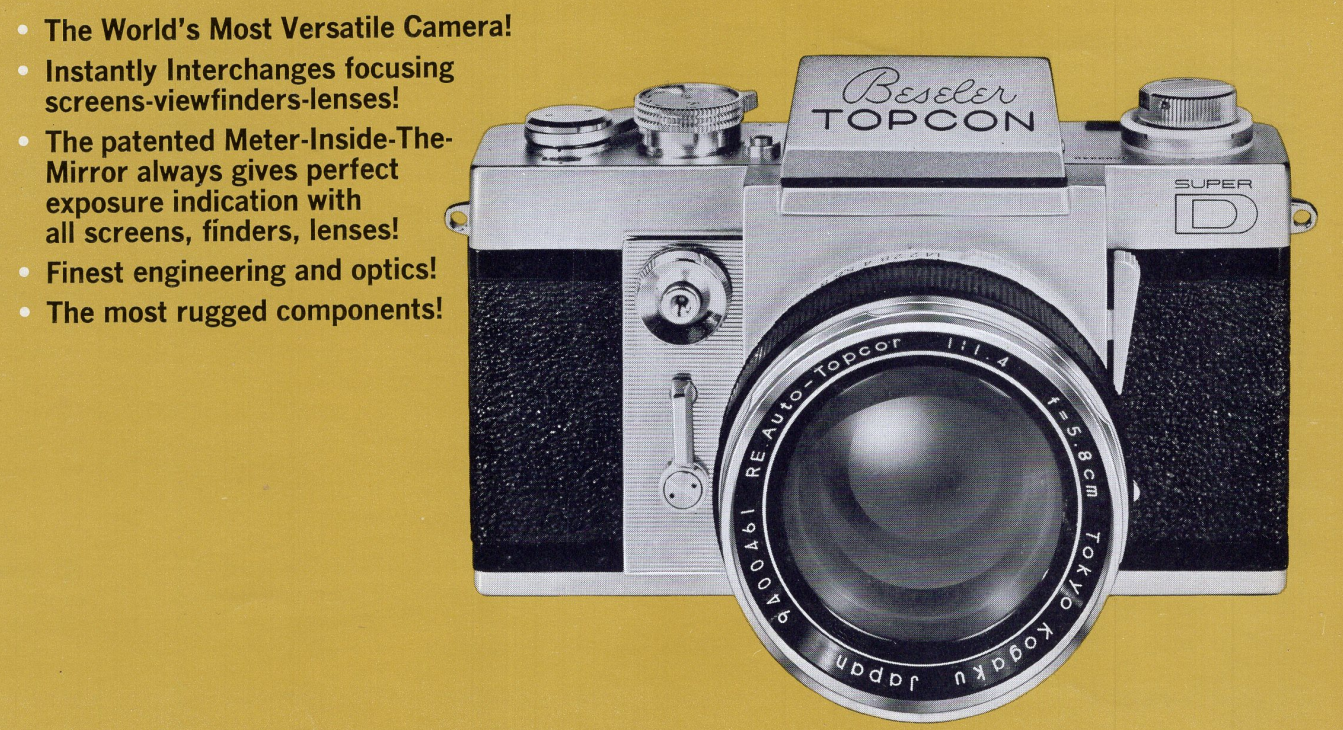
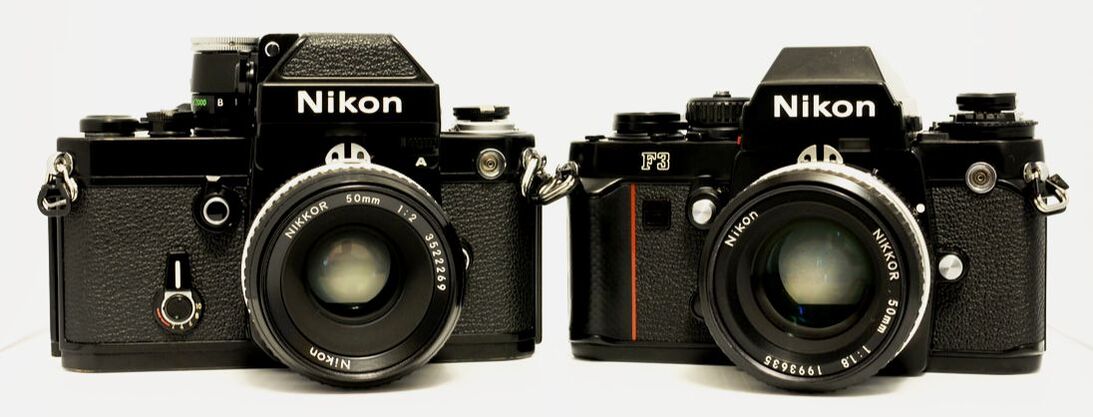
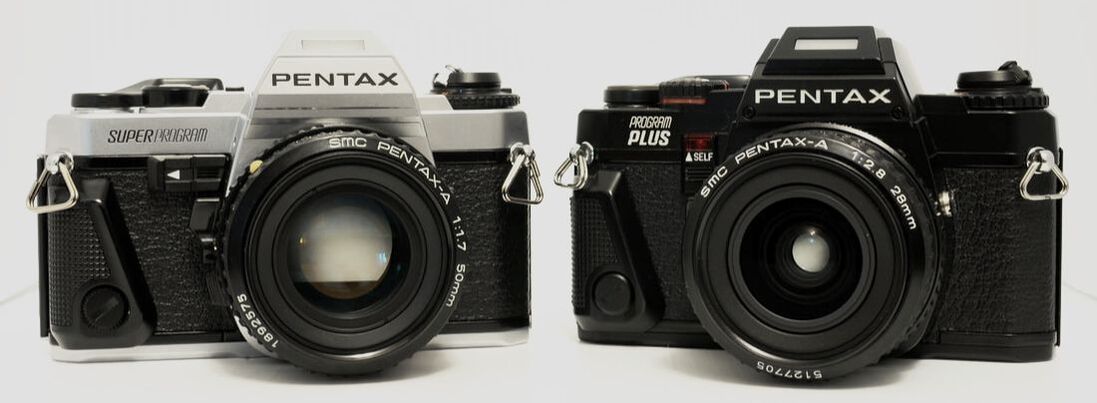
 RSS Feed
RSS Feed